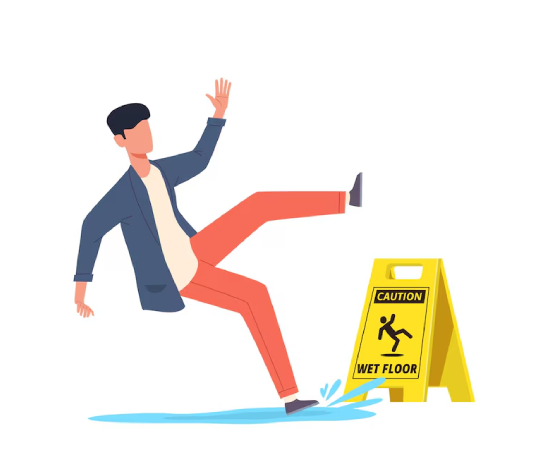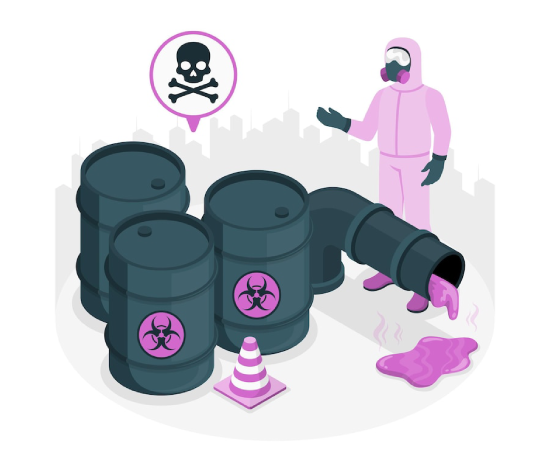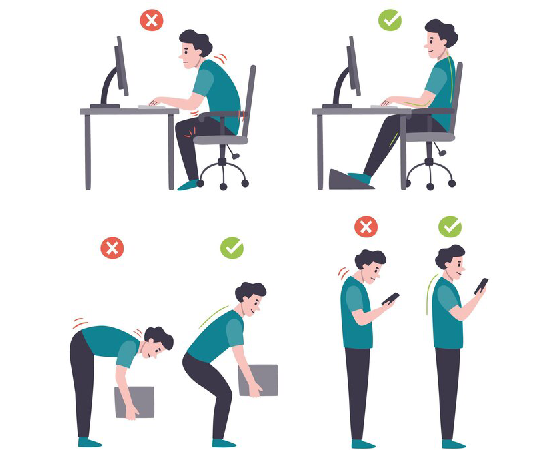Introduction
Your workplace should be a place where you can productive, contribute your skills, and return home safely at end of the day, however hidden hazards may be present in the even in the most seemingly ordinary work environments. As per ILO, Three million workers killed every year due to workplace accidents. This blog post will equip you with the knowledge and skills you need to identify potential hazards and prevent them accordingly. We will explore the various types of workplace hazards, provide real time examples.
Workplace Hazards
Workplace hazards include everything in your environment that has the potential to cause injury, such as physical object, a task you do, or even a stressful setting. These hazards can result in range of outcomes, ranging from minor to major illness.
Different Types of Workplace Hazards
Workplace hazards include everything in your environment that has the potential to cause injury, such as physical object, a task you do, or even a stressful setting. These hazards can result in range of outcomes, ranging from minor to major illness.
Safety Hazards
Safety Hazards are workplace activities or circumstances that have the potential to cause accidents or hazards. While the list of potential risks is long, some common examples include:

Physical Hazards
Physical hazards in the workplace are environmental conditions that might harmful to personnel. These hazards can occur in any workplace, regardless of industry or any type.
Some of the common examples are listed below:

Chemical Hazards
Chemical that might lead to injuries to employees by ingestion, skin contact or inhalation are called as chemical hazards in the workplace. These substances can be gases, liquids, solids, dust or mists. Sometimes it will lead even death.
Some of the common examples are listed below:

Work Organization Hazards
Work organization hazards are stress factors in the workplace that can adversely affect a worker’s mental and physical well-being. Unlike direct physical hazards, these hazards produce an atmosphere that over time may cause tension, worry and exhaustion.
Some of the common examples are listed below:

Conclusion
Understanding workplace hazards is essential for health and safety environment. Familiarize with safety, physical, ergonomic, chemical, work organization hazards to identify and mitigate hazards. Implementing safety protocols, proper training, and open communication are key to reducing these hazards.
Where to learn about Hazards?
Green world group, a health and safety consultancy training provider, emphasizes the importance of proactive safety measures. By staying informed and vigilant, we can ensure that everyone is productive, utilizes their skills effectively, returns home safely each day.




